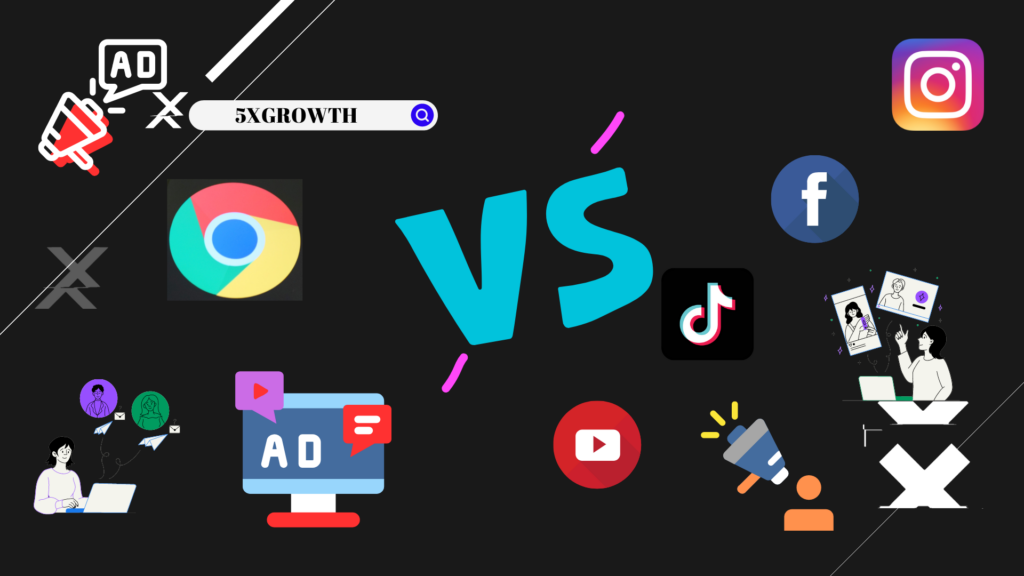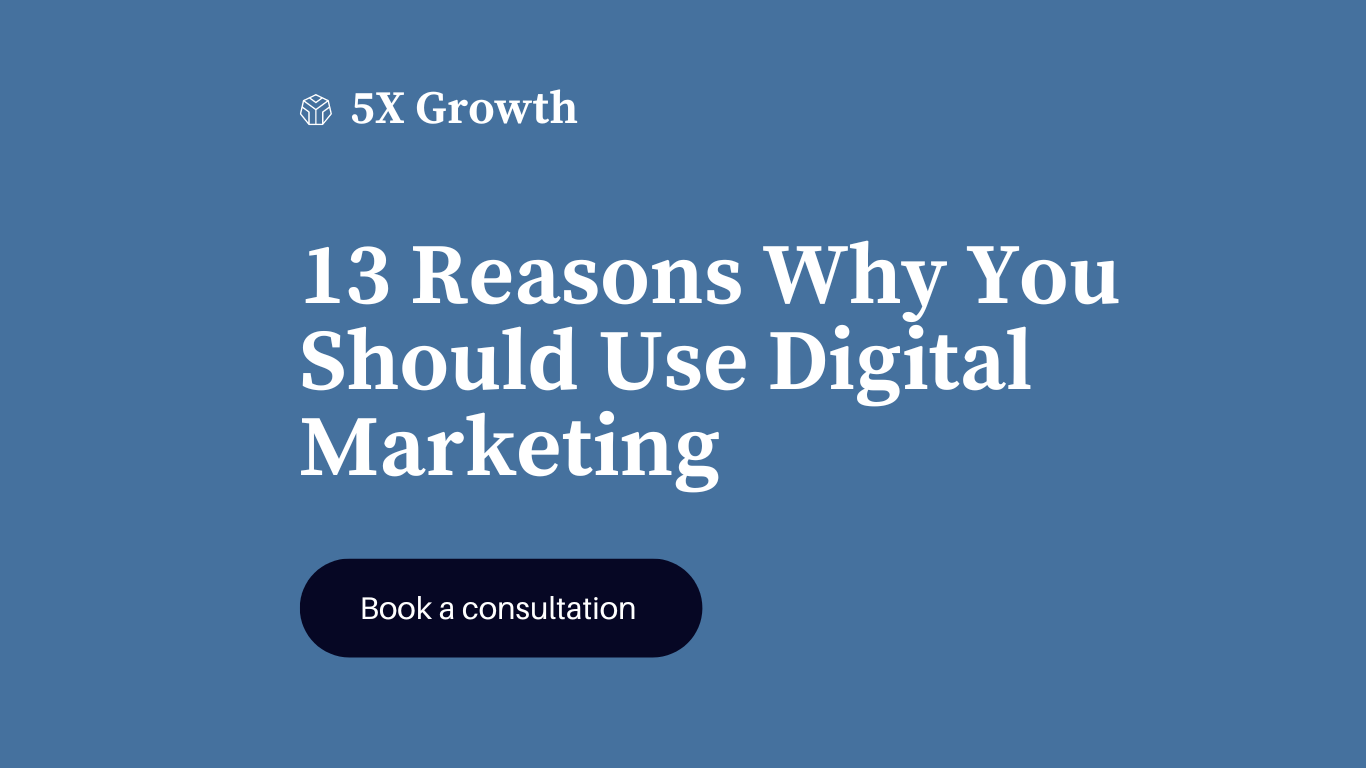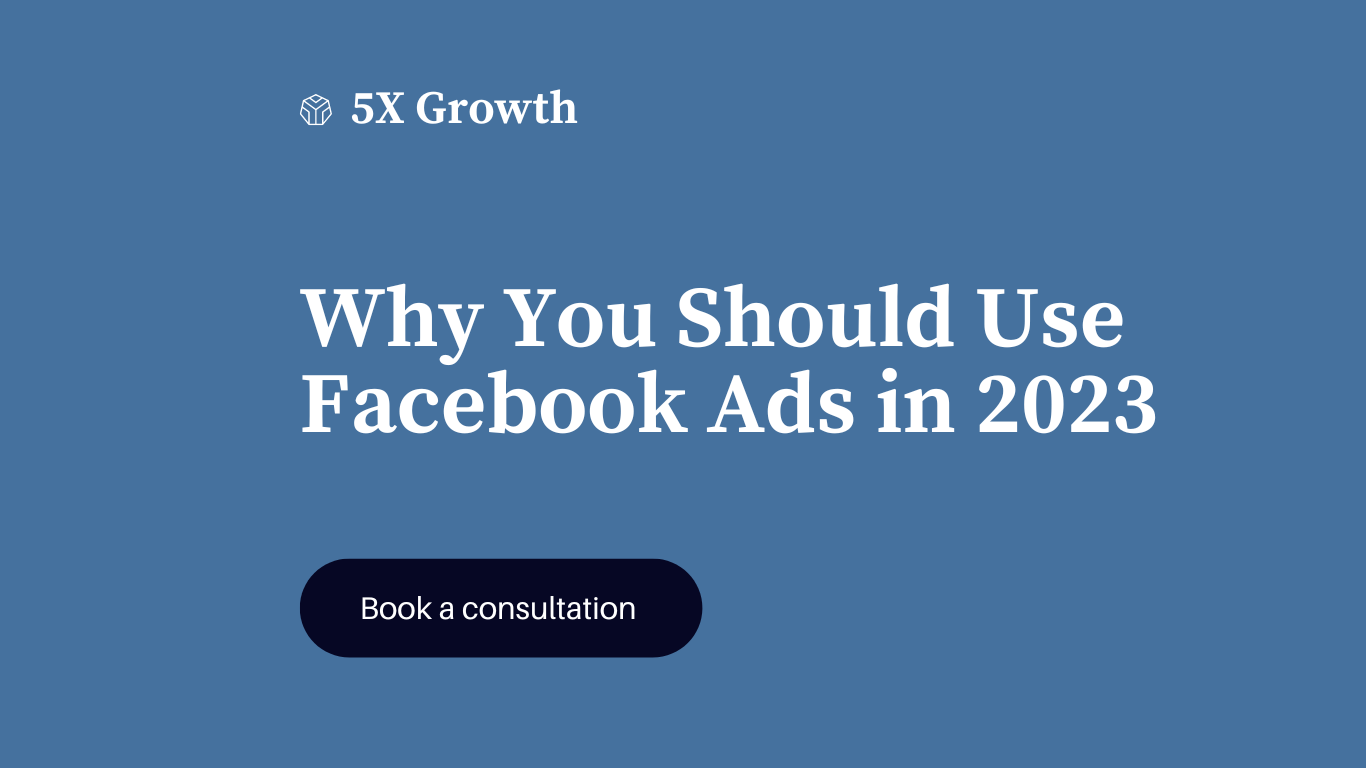In today's advanced age, businesses ought to adjust to unused advances to stay competitive within…
Google Ads vs. Social Media Ads: Which is Better for B2B SaaS?

As a B2B SaaS business, you know that getting your message in front of potential customers is crucial to success. But with so many advertising options available, it can be challenging to determine which one is right for you. Two of the most popular types of online advertising are Google Ads and social media ads. In this article, we will compare and contrast these two types of advertising and discuss which one might be better for your B2B SaaS business.
When it comes to advertising for B2B SaaS businesses, there are a few key differences between Google Ads and social media ads that are worth exploring.
Google Ads
Google Ads are typically focused on capturing leads or driving immediate sales. The people who are searching on Google are often actively looking for a solution to their problem, which means that they are more likely to convert into a customer. Google Ads are great for targeting high-intent audiences who are ready to take action.
Social Media Ads
Social media ads, on the other hand, tend to be more focused on building brand awareness or engaging with an audience. Social media platforms have billions of users worldwide, providing businesses with a vast audience to target. Social media ads can be highly visual and are great for showcasing products or services.
One of the key advantages of both Google Ads and social media ads is their targeting capabilities. Both platforms allow businesses to target specific demographics, interests, and behaviors, ensuring that their ads are only shown to relevant users. This is important because it helps to ensure that businesses are getting the most bang for their buck, by only showing their ads to people who are likely to be interested in their product or service.
Another factor to consider when choosing between Google Ads and social media ads is budget. Both platforms can be costly, so it’s important to consider your budget when deciding which one to use. Google Ads tend to be more expensive than social media ads, but they may provide a higher ROI for businesses with a high-intent audience.
Ultimately, the best option for your B2B SaaS business will depend on your specific goals and audience. If you want to drive immediate sales or leads, Google Ads may be the better option. If you want to build brand awareness or engage with your audience, social media ads may be the better option. It’s important to carefully consider your goals, audience, and budget before making a decision.
Let’s dive deeper into the specific advantages and disadvantages of Google Ads and social media ads for B2B SaaS businesses.
Advantages of Google Ads for B2B SaaS Businesses
- High-intent audience: People who are searching on Google are often actively looking for a solution to their problem. This means that they are more likely to convert into a customer, making Google Ads a great way to capture leads or drive immediate sales.
- Targeting capabilities: Google Ads allows businesses to target specific keywords and audiences based on demographics, location, interests, and behaviors. This means that businesses can ensure that their ads are only shown to relevant users, increasing the chances of conversion.
- Measurable results: Google Ads provides businesses with detailed reports and analytics, allowing them to measure the success of their campaigns and make adjustments as needed. This makes it easier for businesses to optimize their campaigns for maximum ROI.
Disadvantages
- Cost: Google Ads can be expensive, especially for highly competitive keywords. This means that businesses with a limited budget may struggle to see a positive ROI.
- Limited ad format: Google Ads are limited to text, display, and video formats. This means that businesses may not be able to showcase their product or service in the most visually appealing way.
Advantages of Social Media Ads for B2B SaaS Businesses
Social media advertising refers to the practice of displaying ads on social media platforms like Facebook, Instagram, Tiktok, and LinkedIn. Here are some advantages of social media ads for B2B SaaS businesses:
- Vast audience: Social media platforms have billions of users worldwide, providing businesses with a huge audience to target. This means that businesses can reach a large number of potential customers with their ads.
- Visual appeal: Social media ads can be highly visual, making them great for showcasing products or services. Businesses can use images, videos, and graphics to create engaging ads that stand out from the competition.
- Targeting capabilities: Like Google Ads, social media platforms allow businesses to target specific demographics, interests, and behaviors. This means that businesses can ensure that their ads are only shown to relevant users, increasing the chances of conversion.
Disadvantages
- Limited intent: Unlike Google Ads, social media users may not be actively searching for a solution to their problem. This means that they may not be as likely to convert into a customer.
- Lower ROI: Social media ads may not provide as high of an ROI as Google Ads for businesses with a high-intent audience. This means that businesses may need to invest more in social media ads to see a positive ROI.
Conclusion
When it comes to advertising for B2B SaaS businesses, both Google Ads and social media ads have their advantages and disadvantages. Ultimately, the best platform for your business will depend on your specific goals, audience, and budget.
B2B SaaS businesses that are looking to capture leads or drive immediate sales may find success with Google Ads, while those that are looking to build relationships with potential customers or establish themselves as thought leaders may find success with social media ads.
Remembering that advertising is not a one-size-fits-all solution and being prepared to experiment with different platforms and strategies to find what works best for your business is important. By using a combination of Google Ads and social media ads, B2B SaaS businesses can create a comprehensive advertising strategy that reaches their target audience and achieves their goals.


